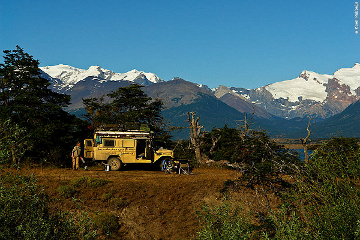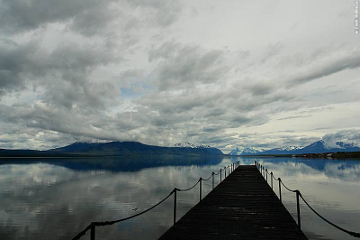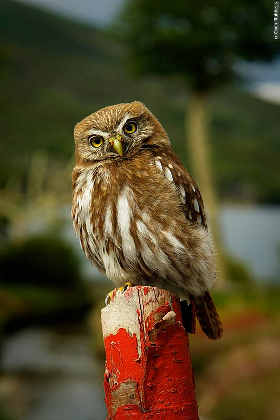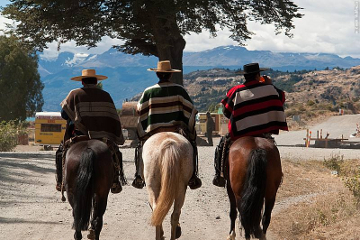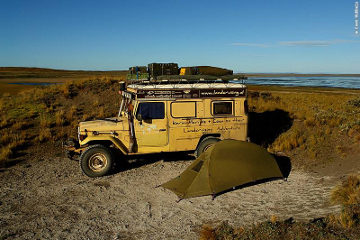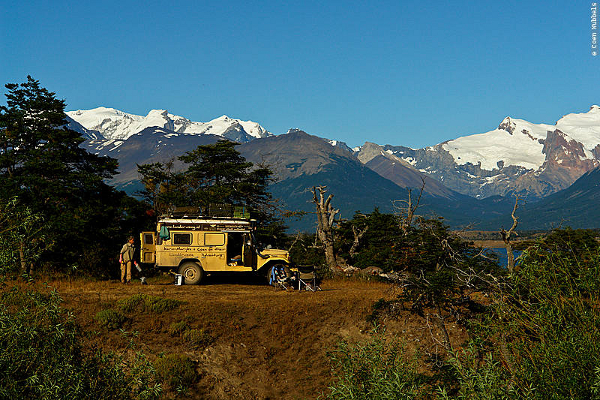
All photos: Coen Wubbels
IN PATAGONIA, you don’t need a campground; here, rough camping (at campings agrestres, or campings libres) is a way of life. The region is safe, and Argentineans and Chileans are primitive campers themselves — they won’t be surprised to see you pitch your tent in some lonesome spot.
